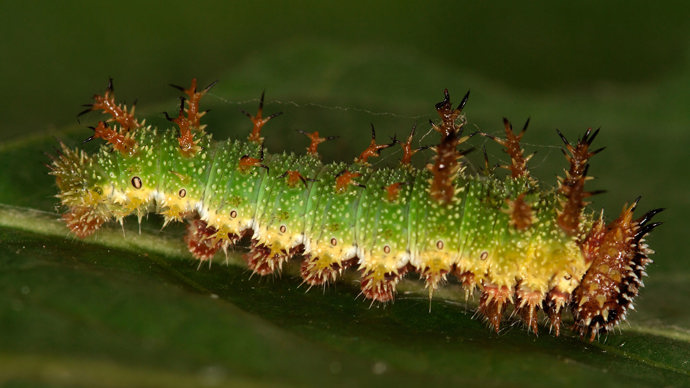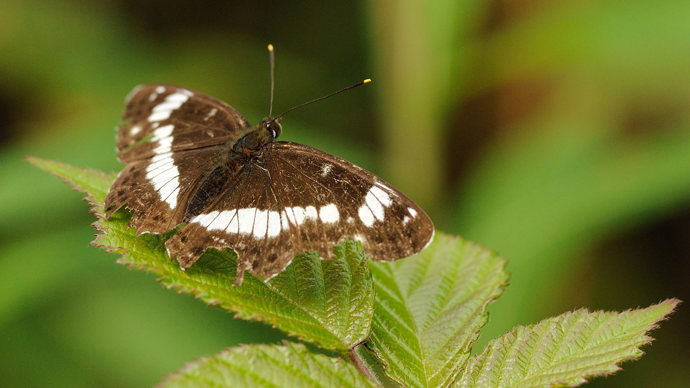Common name: white admiral
Scientific name: Limenitis camilla
Family: Nymphalidae
Habitat: deciduous woodland, woodland rides, conifer plantations
Caterpillar food plants: honeysuckle leaves
Predators: birds, lizards, frogs, toads
Origin: native
Found exclusively in woodland, the white admiral is a stunning butterfly with a delicate gliding flight. Unlike its sun-loving peers, this black and white beauty prefers shady spots to relax in.
Common name: white admiral
Scientific name: Limenitis camilla
Family: Nymphalidae
Habitat: deciduous woodland, woodland rides, conifer plantations
Caterpillar food plants: honeysuckle leaves
Predators: birds, lizards, frogs, toads
Origin: native
Caterpillars: green and covered in large, multi-branched brown spines.
Adults: black upper sides broken up by striking white bands and a brown and white mottled underwing.
Wingspan: 5-6.6cm
Not to be confused with: the purple emperor, which is larger with an iridescent purple sheen.

Credit: Papilio / Alamy Stock Photo
White admirals lay their eggs during late summer on honeysuckle leaves, often with strands dangling down, so that the larvae have an immediate food source when they hatch. The freshly-hatched larvae feed from the tips of the leaves. Towards the end of the summer they construct silk leaf shelters to overwinter in, reemerging in spring ready to pupate. Adults are fully developed and ready to fly from mid-June to mid-August.
White admirals favour shady deciduous and coniferous woodland, particularly areas with lots of bramble for adults and honeysuckle for caterpillars. They are found in southern England and a few scattered areas in Wales. They are absent from Scotland and Ireland.
It is rare to see more than two or three of these butterflies at a time.

Credit: Amy Lewis / WTML
During the summer months, keep an eye out for white admirals as they glide through shady woodland rides and clearings. While they aren’t particularly common in the UK, increase your chance of spotting one by heading to areas with lots of bramble.
The white admiral UK population spread rapidly after the 1920s, however over the last 20 years there has been a dramatic decline. The reasons for this are unclear, but it could be due to habitat loss.